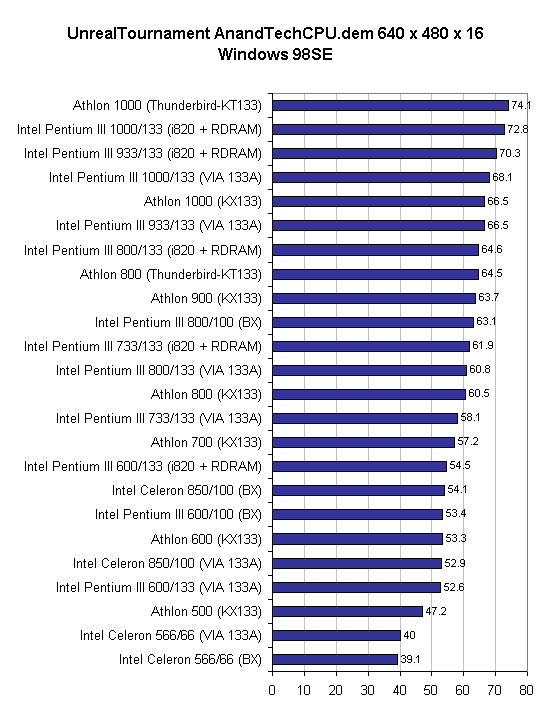First post, by Fallaxia
Hi,
I got a strage problem with my Aopen AK72 Slot A board.
An AMD Slot A 1000 Mhz Orion core CPU (the one with dedicated 512KB Cache modules in it´s cartridge) works just fine, no problems, while a Slot-A 1000 Mhz Thunderbird core (with 256 Kb cache on die) crashes (freeze), even in memtest86.
I don´t know why. Both CPUs are fine. I tested several Orion/Thunderbirds 1000Mhz CPUs, and only the Thunderbirds show these instability issues.
The power supply should be good too, it has 30A on 3.3V and 30A on 5V, it´s even a redundant one with several self-test features. Tested several others to be sure.
For info: There is no overclocking in place. The RAM is 3 sticks of 512MB each, 1.5GB in total of PC133 ECC SDRAM CL3, set in Bios with ECC active and CL3 accordingly.
GPU is a ELSA Virctory Erazor AGP
HDD (SSD) is a 60GB Transcent IDE Industrial SSD
Network card is an Intel Pro 1000S Dual (PCI-X card in PCI Slot)
What am I missing here? Does the thunderbird have any special needs to work properly. I had it running once, several years ago, so I know it works just fine with the AOpen AK72 board.
Any ideas?
